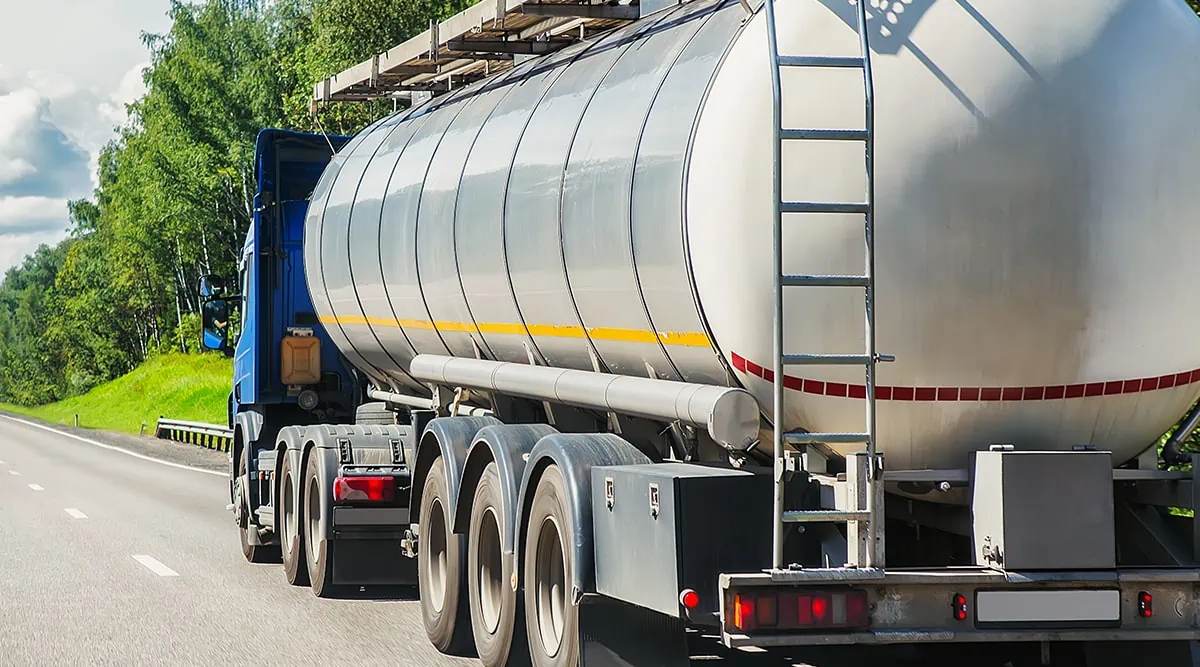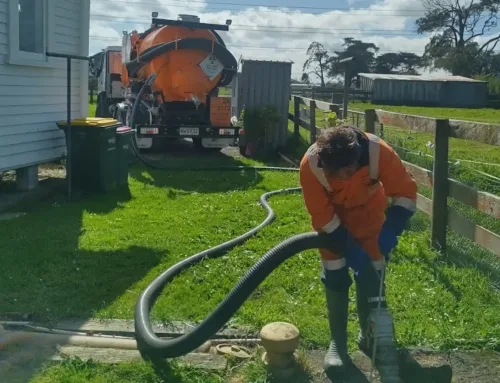An Unbiased View of Reclaim Waste
Table of ContentsExamine This Report on Reclaim WasteReclaim Waste Things To Know Before You BuyThe Definitive Guide for Reclaim WasteThe Reclaim Waste IdeasThe Facts About Reclaim Waste Uncovered
Residential sewage waste refers to the waste and items from a domestic septic container. The appropriate management and disposal of residential sewer waste call for fluid waste to be transferred to a sewer therapy plant where the correct techniques and devices are used to cleanse and dispose of waste.
Commercial waste often consists of possible risks, such as combustible products or a mix of fluid and strong waste products, and needs an advanced and thorough disposal procedure. The disposal of commercial waste commonly involves the filtering of waste prior to transportation to guarantee secure and proper disposal. Industrial waste is developed from byproducts and overflow of commercial processes and production.
This type of waste can not use the exact same sewage administration transport or processes as septic or commercial liquids. The hazardous waste monitoring process requires the assessment and testing of liquid waste before it goes through the disposal procedure (liquid waste removal melbourne). Overflow waste is the liquid waste that comes from overflow and excess stormwater in very booming locations or cities
Runoff waste can cause contamination and flooding if not handled appropriately. Discover more regarding sewage system cleansing and waste monitoring. Making sure appropriate waste administration can avoid catastrophes and minimize environmental damage. Both people in household setups and specialists in commercial or manufacturing markets can gain from recognizing the procedures and policies of liquid waste administration.
Not known Facts About Reclaim Waste
Contact PROS Providers today to discover our waste monitoring and disposal solutions and the correct ways to care for the liquid waste you generate.
(https://reclaim-waste-48112599.hubspotpagebuilder.com/reclaim-waste/expert-liquid-waste-removal-and-disposal-services-your-complete-guide)Do you know what happens to your water when you end, flush the commode or drain pipes the cleaning machine? No? Well, it's worth recognizing. This so-called 'wastewater' is not only a crucial resource yet, after therapy, will be launched to our land, waterways or the sea. Used water from bathrooms, showers, bathrooms, kitchen sinks, laundries and commercial processes is referred to as wastewater.

water made use of to cool equipment or clean plant and tools). Stormwater, a form of wastewater, is drainage that flows from farming and urban locations such as roofings, parks, yards, roads, courses and gutters right into stormwater drains, after rainfall. Stormwater flows unattended directly to neighborhood creeks or rivers, at some point reaching the ocean.
The Facts About Reclaim Waste Uncovered
In Queensland, a lot of wastewater is dealt with at sewer therapy plants. Wastewater is moved from residential or Web Site commercial websites with a system of drains and pump terminals, understood as sewerage reticulation, to a sewage treatment plant.
The Department of Natural Resources recommends local governments about managing, operating and keeping sewage systems and therapy plants. In unsewered locations, city governments may require householders to install individual or house sewer therapy systems to treat domestic wastewater from commodes, cooking areas, washrooms and washings. The Department of Natural Resources authorises using house systems when they are proven to be reliable.
In some new class, treatment of some stormwater to remove clutter, sand and gravel has actually begun making use of gross contaminant traps. Wastewater treatment happens in four stages: Removes solid issue.
Wastewater then moves into huge storage tanks where solids work out and are removed as sludge. Oil and residue are skimmed from the surface area. Utilizes little living organisms called micro-organisms to break down and get rid of remaining liquified wastes and great fragments. Micro-organisms and wastes are incorporated in the sludge. Gets rid of nitrogen and phosphorus nutrients that can trigger algal blooms in our waterways and intimidate marine life.
A Biased View of Reclaim Waste
Nutrient removal is not readily available whatsoever sewer treatment plants due to the fact that it needs expensive specialised tools. It is becoming much more usual in Queensland. Clear liquid effluent produced after treatment may still consist of disease-causing micro-organisms. If this effluent is launched into waterways such as rivers or the sea, the micro-organisms will at some point pass away out.

This normally indicates wastewater has to be dealt with or impurities eliminated before it can be discharged to rivers. Most wastewater moves right into the sewage system. Under the Act, neighborhood governments administer approvals and permits for ecologically appropriate tasks (Periods) including wastewater launches that may have a regional impact. The division provides authorizations and permits to ERAs entailing wastewater launches that could have a regional or statewide impact.
Some Known Facts About Reclaim Waste.
Monitoring offers accurate info regarding water top quality and can validate that licence conditions are being satisfied. The info gotten via surveillance gives the basis for making water top quality choices.